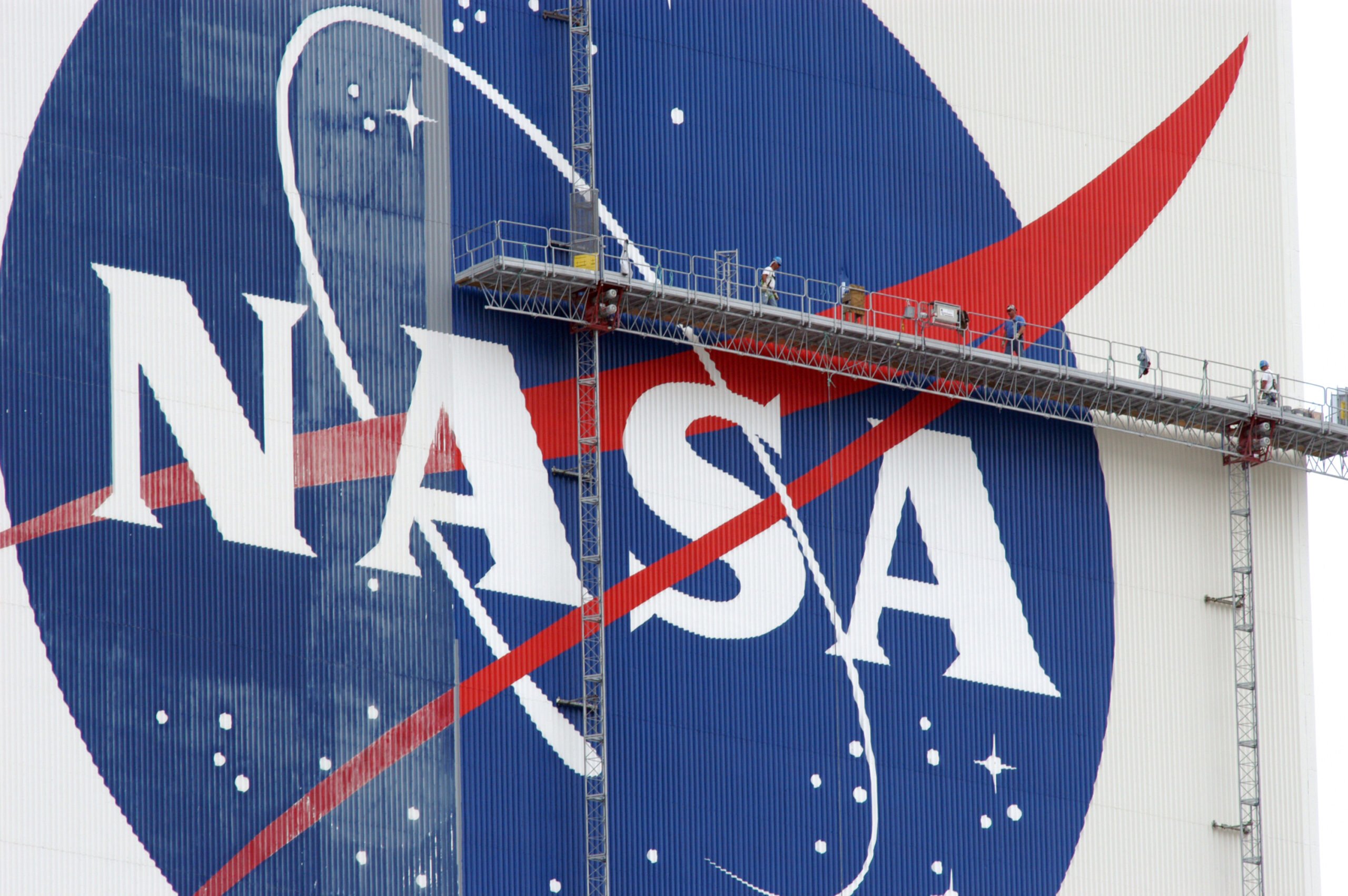| In this week’s newsletter, discover the inspirational messages being sent into space aboard the Europa Clipper, hear NASA Administrator Bill Nelson discuss the agency’s goals for the benefit of humanity during the annual State of NASA address, and get ready for the hair-raising experience of a total solar eclipse with a new podcast series. Plus, stories you might have missed. |
 |
| A ‘Golden Record’ for EuropaFollowing in NASA’s storied tradition of sending inspirational messages into space, the agency has special plans for the Europa Clipper, which will launch toward Jupiter’s moon Europa later this year. The moon shows strong evidence of an ocean under its icy crust, with more than twice the amount of water in all of Earth’s oceans combined. A triangular metal plate on the spacecraft will honor that connection to Earth in several ways. In the spirit of the Voyager spacecraft’s Golden Record, which carries sounds and images to convey the richness and diversity of life on Earth, the layered message on Europa Clipper aims to spark the imagination and offer a unifying vision. LEARN MORE |

Galactic Plane Survey The Nancy Grace Roman Space Telescope team has announced plans for an unprecedented survey of the plane of our Milky Way galaxy. It will peer deeper into this region than any other survey, mapping more of our galaxy’s stars than all previous observations combined. LEARN MORE |

| Moonshadow On April 8, much of North America will experience a solar eclipse. If you are planning to observe the eclipse, you’ve probably consulted a map of the shadow’s path. But how do we know exactly where and when the Moon will cast its shadow? Eclipse prediction depends, first and foremost, on understanding the positions and movements of the Moon, Sun, and Earth. LEARN MORE |

NASA Podcasts Meet the Sun. Even if you think you know our star, our new podcast series will show you why solar science is heating up in 2024. Get ready for the hair-raising experience of a total solar eclipse; hear how NASA keeps astronauts and spacecraft safe from solar outbursts; and go inside a pioneering mission to touch the sun’s atmosphere. PREVIEW |

| NASA+ Matt Mickens, a NASA horticulturist, is a pretty fun-gi! In his in-tree-guing role, he researches methods for the unique challenge of growing plants in space. See how Matt uses light to influence plant growth, and hear about his roots as a NASA intern in the latest episode of Surprisingly STEM. WATCH |
| Inspiring the World: State of NASA 2024 On Monday, March 11, the Biden-Harris Administration released the President’s Budget for Fiscal Year 2025, which will allow NASA to continue advancing our understanding of Earth and space for the benefit of all. “As history has proven, as the present has shown, and as the future will continue to demonstrate, an investment in NASA is an investment in America for the benefit of humanity,” said NASA Administrator Bill Nelson. “President Biden’s budget will fund our nation’s abilities and leadership for the future of space exploration, scientific discovery, cutting-edge technology, climate data, the next generation of aeronautics, and inspiring our future leaders – the Artemis Generation.” FULL ADDRESS FROM ADMINISTRATOR NELSON |




From the Archives
 |
The Apollo 11 Lunar Module ascent stage, with astronauts Neil A. Armstrong and Buzz Aldrin aboard, is photographed from the Command and Service Modules (CSM) during rendezvous in lunar orbit. The Lunar Module (LM) was making its docking approach to the CSM. Astronaut Michael Collins remained with the CSM in lunar orbit while the other two crewmen explored the lunar surface.
Collins, the command module pilot, captured this photo of the Lunar Module ascent stage with the Earth peeking over the Moon’s horizon during rendezvous of the two spacecraft on July 21,1969. His crewmates Armstrong and Aldrin, inside the LM, had become the first people to land on the Moon the day prior.
Note: This is a NASA publication. Formatted to fit this screen
Thank you for taking the time to read this NASA originated review. If your inclined or have some spare change you’d like to donate, you may do that here.
